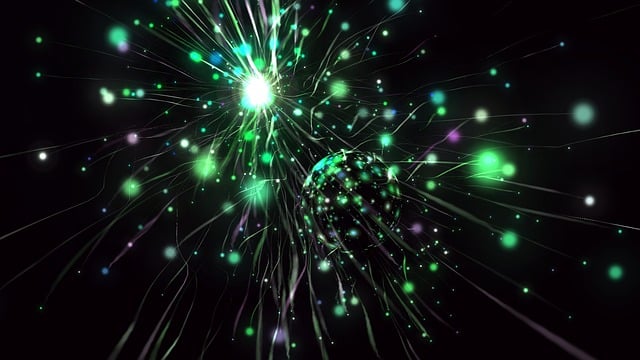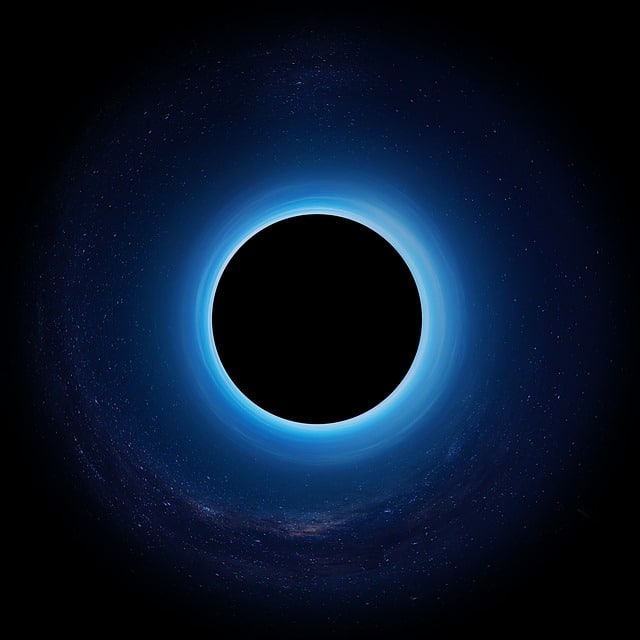
Hadrons are particles smaller than atoms
A hadron is a particle that is subject to a strong nuclear interaction . The term comes from the English hadron , in turn derived from the Latin word hadrós (which can be translated, precisely, as "strong" ).
Subatomic particles
Hadrons are subatomic particles : that is, smaller than an atom (which is the smallest unit among those that make up matter). Among the hadrons we can find neutrons , protons , gluons , bosons , fermions and quarks (or quarks ).
The fundamental force that allows the definition of hadrons is called the strong nuclear force . This force causes the neutrons and protons found in the nucleus of the atom to stay together.
Thanks to the strong nuclear force to which hadrons are subject, protons that have a positive electrical charge manage to overcome electromagnetic repulsion. For their part, neutrons, which lack electrical charge, remain linked to each other and to protons.
It is important to note that analyzing the byproducts of particle collisions serves to study the subatomic world, its structure and its laws . Many of these are only generated through high-energy collision, and their decay takes place shortly thereafter. This is why they are so difficult to detect; in fact, only some can be obtained by other means.
Large Hadron Collider
To try to determine what happened after the big bang (the name given to the enormous explosion that would have given rise to the universe), the European Organization for Nuclear Research - called CERN after the French acronym for the European Research Council Nuclear – built a device called the Large Hadron Collider .
The Large Hadron Collider is a particle accelerator : a machine that, using electromagnetic fields, accelerates charged particles to high speeds and causes collisions with other particles. In this case, beams of protons are accelerated in opposite directions to generate the collision of the quarks that form them.
Among the purposes of scientists with respect to this collider is to find answers to certain essential questions in the field of physics regarding the basic laws on which the forces and interactions between elementary particles are based, the mutual relationship that exists between general relativity and quantum mechanics, and the structure of time and space.
It is also necessary to obtain information about high -energy particles to know which current scientific models, or which of their versions, are most viable. Two models for which this is especially relevant are the Higgsless and the standard .
Research topics
With the Large Hadron Collider, several topics are investigated, among which we can highlight the following four, posed in the form of questions:

Physicists aim to reveal the mystery of "dark matter"
* using the Higgs mechanism and through spontaneous symmetry breaking, is the mass of elementary particles being produced? Physicists were hoping that the collider would prove or rule out the presence of the so-called Higgs boson , to allow them to understand which of the two models mentioned above is the most correct;
* Does supersymmetry, a hypothetical concept, follow from the standard model? If this were true, then there would be a superpartner for every known particle;
* Are there more dimensions than we know? If so, can we detect them? This is part of the predictions of various models that are based on string theory ;
* What really is so-called dark matter , which is believed to represent almost 30 percent of the universe?
